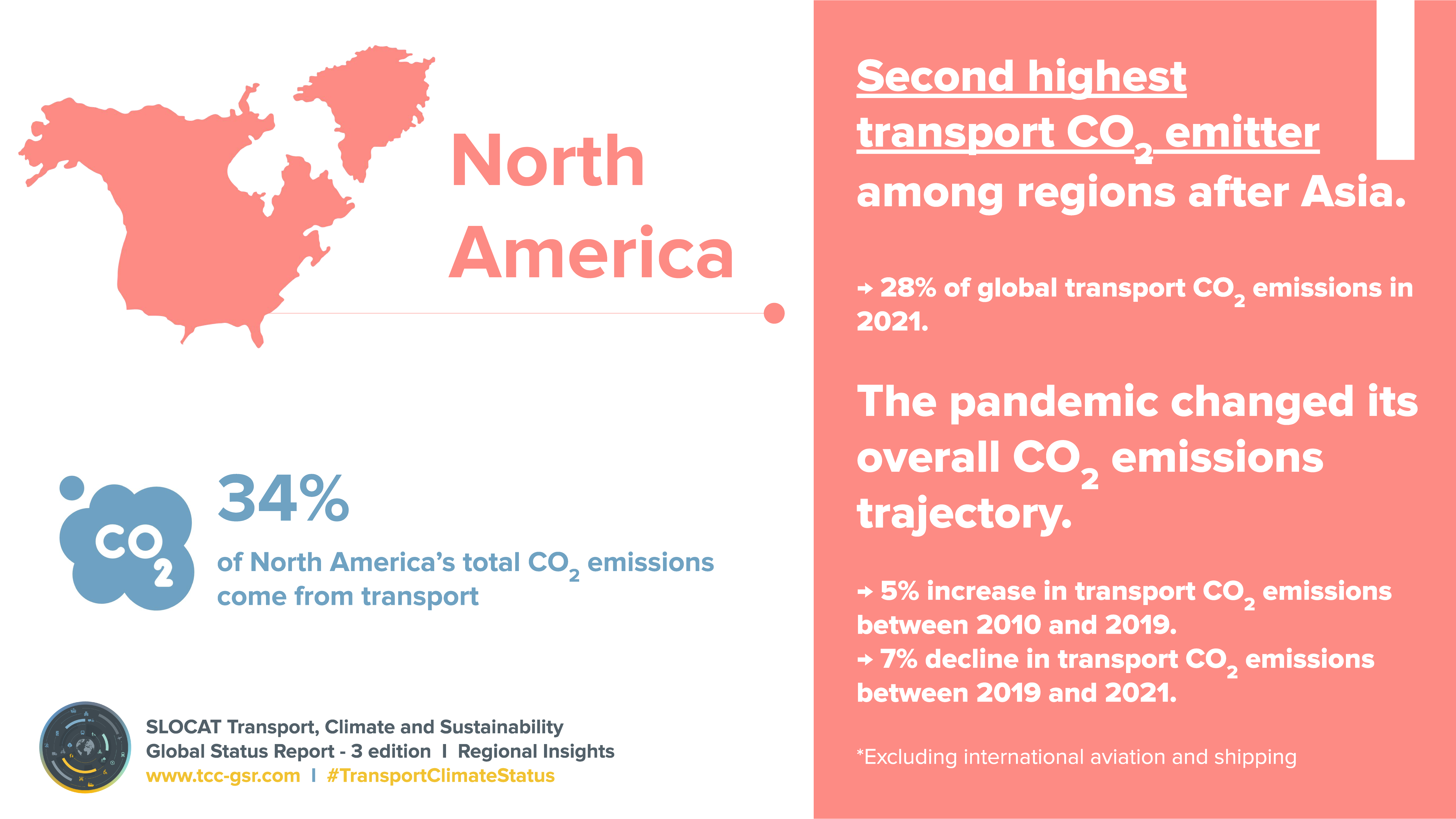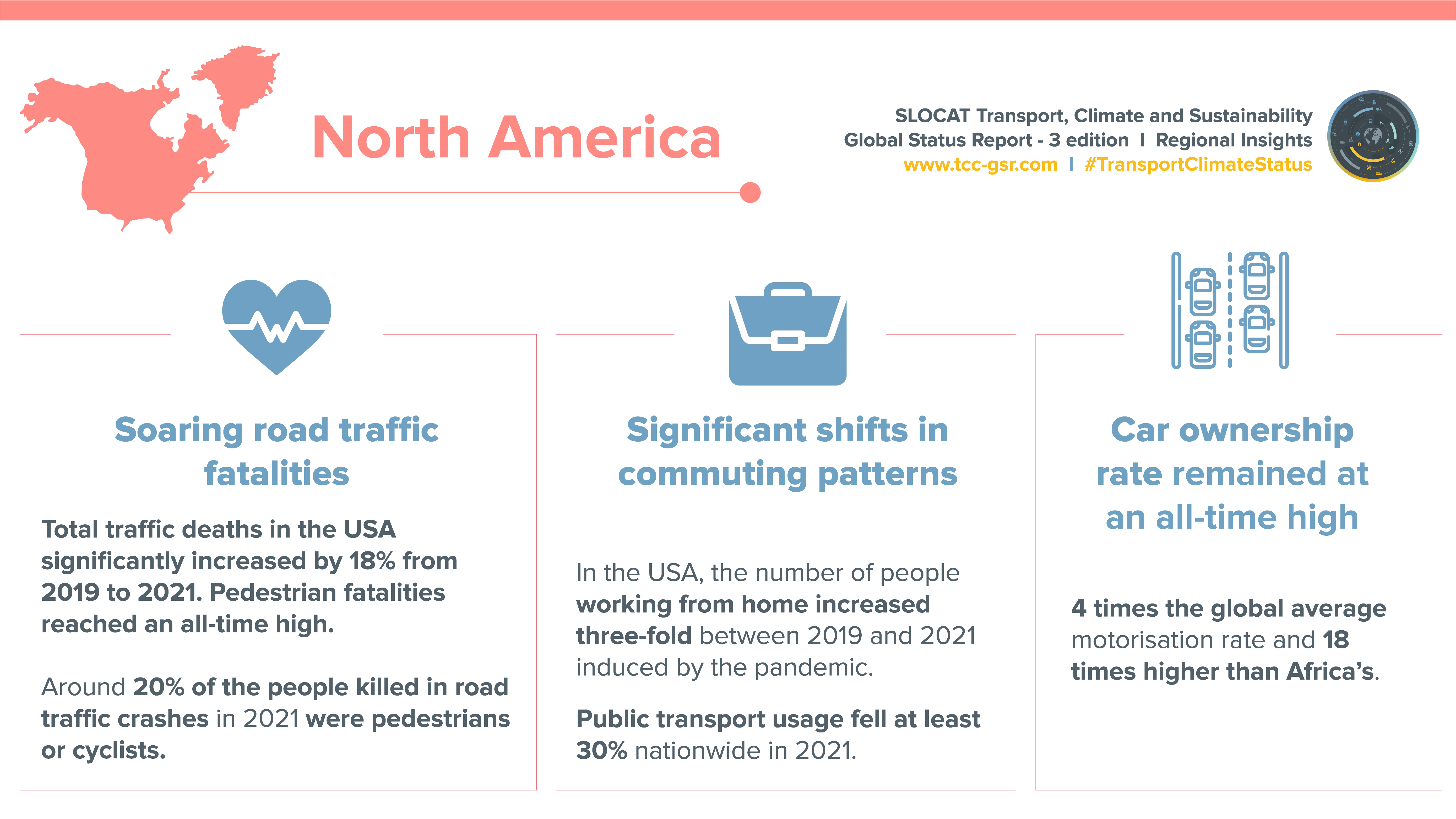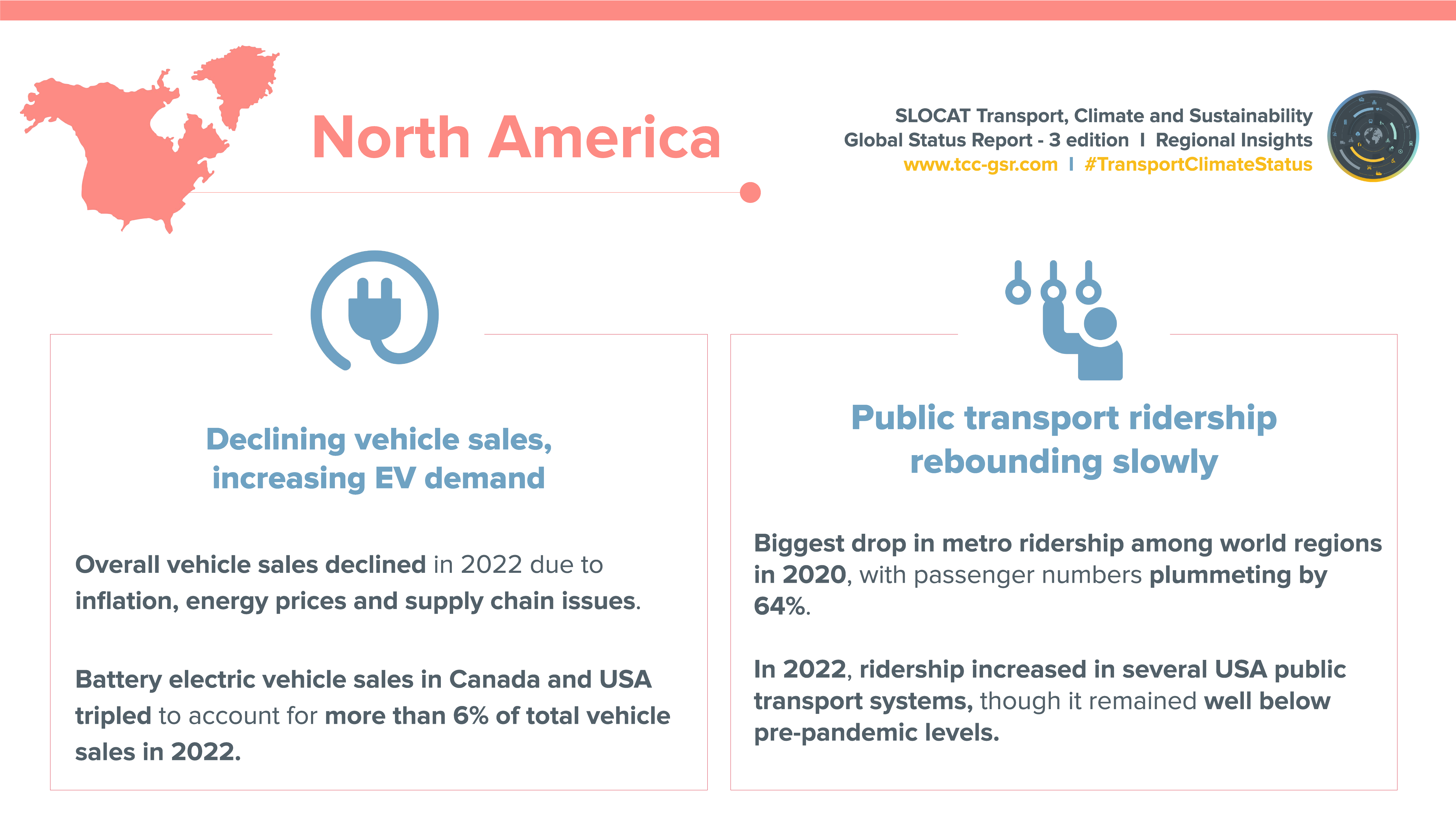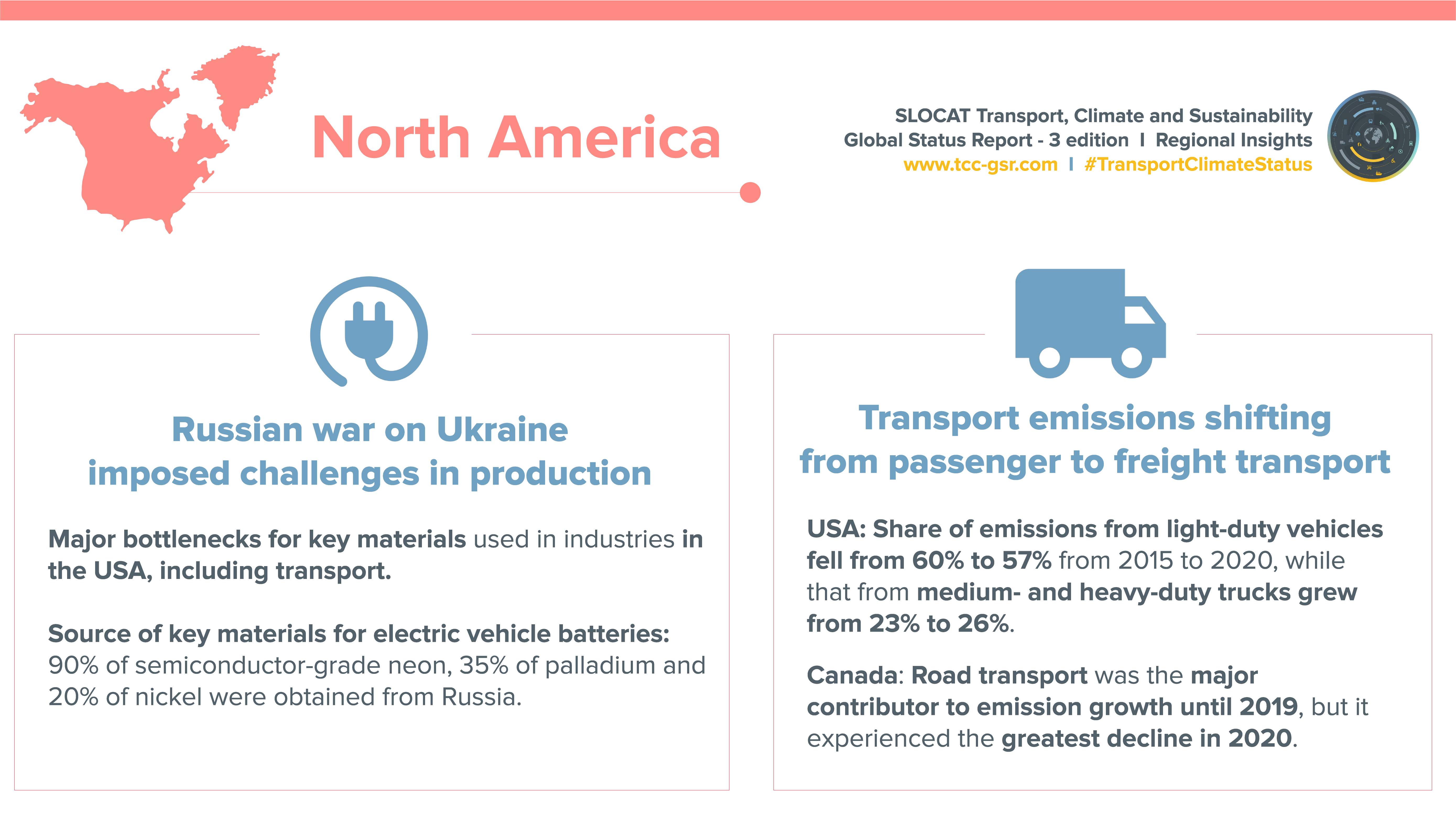-
 North America Regional Overview
North America Regional Overview
Population size
(2022)
Population growth
(2010-2022)
%
Urban population share
(2022)
%
Urban population
growth (2010-2022)
%
GDP per capita
(2021)
GDP growth
(2010-2021)
%
- Key Findings
Demand trends
- Travel activity in North America dropped sharply in 2020 following the onset of the COVID-19 pandemic. In the United States, passenger activity was down 18% after a decade of constant 1.4% annual growth.
- The pandemic induced significant shifts in US commuting patterns, with the number of people working from home increasing three-fold between 2019 and 2021, and the use of public transport falling at least 30% nationwide in 2021.
- The region’s motorisation levels (covering four-wheeled motor vehicles) have remained at an all-time high.
- In 2022, vehicle sales continued to decline in North America due to a combination of inflation, rising energy prices and lingering supply chain issues. However, the demand for electric vehicles increased, with the share of battery electric vehicle sales in Canada and the United States tripling to above 6% in the third quarter of 2022, up from slightly more than 2% two years prior.
- Despite less driving in 2020 due to the pandemic, total traffic deaths in the United States increased significantly from 2019 to 2021, and the rate of pedestrian fatalities reached an all-time high. Around 20% of the people killed in road traffic crashes in 2021 were pedestrians or cyclists.
- North America experienced the biggest drop in metro ridership among world regions in 2020 due to the pandemic, with the number of passengers falling 64%, from 3.7 billion to 1.3 billion.
- In 2022, ridership increased on several US public transport systems, although numbers remained well below pre-pandemic levels.
- The Russian Federation’s invasion of Ukraine put additional pressure on global supply chains and increased inflation, creating major bottlenecks for key materials used in US industries, including transport.
Emission trends
- Carbon dioxide (CO2) emissions from the transport sector in North America were greatly affected by the COVID-19 pandemic. The region’s transport CO2 emissions fell 7% between 2019 and 2021, changing their overall trajectory: transport CO2 emissions rose 5% from 2010 to 2019 but declined 2% from 2010 to 2021.
- In 2021, North America contributed 28% of global transport CO2 emissions (excluding international aviation and shipping), the second highest regional share after Asia.
- Among the 11 economies with preliminary emission estimates, the United States was one of 4 countries where transport emissions fell in 2022 (the others were China, the Russian Federation and Spain).
- US transport emissions have gradually shifted from passenger transport towards freight transport.
Policy developments
- Across North America, national and sub-national stakeholders raised their ambition on climate action during 2021 and 2022.
- Support for walking and cycling was strengthened in the region.
- The US Inflation Reduction Act of 2022 is aimed in part at helping the country achieve its climate target for 2030, with the goal of reducing emissions 31-44% below 2005 levels by 2030.
- The US Infrastructure Investment and Jobs Act of 2021 (also known as the Bipartisan Infrastructure Law) allocates USD 550 billion in new infrastructure investment from 2022 through 2026.
- Improvements to public transport were implemented in North America between 2020 and 2022, and more support was generated for introducing congestion charging.
- The region has prioritised the transition to electric road vehicle fleets, enabled by charging stations along highways and a Canadian ban on sales of internal combustion engine vehicles by 2035.
- New policies in the region are poised to lead to cleaner trucks and to improvements in long-distance rail.
Author: Nikola Medimorec, SLOCAT Secretariat

